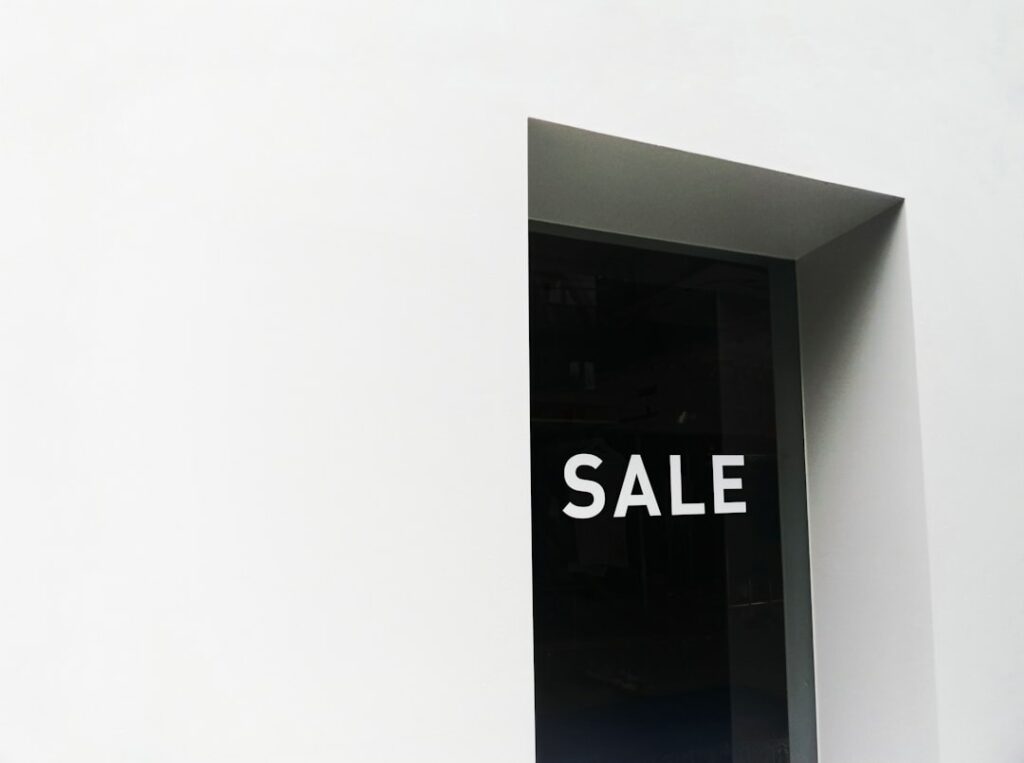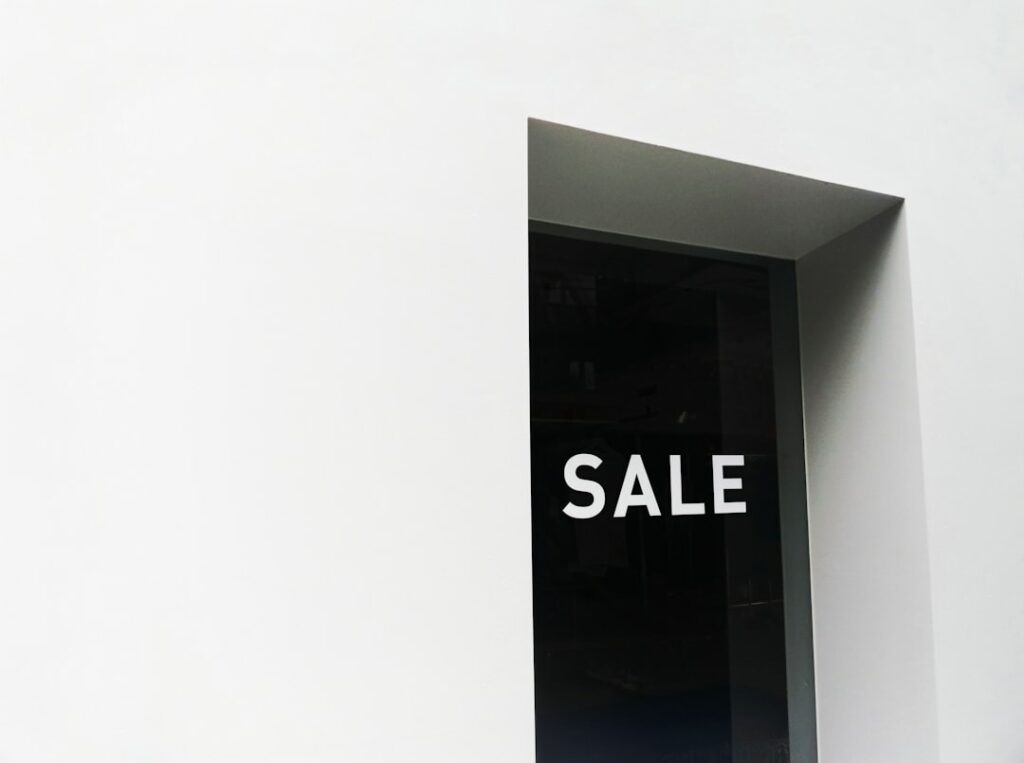How Much Can I Sell on eBay? 2024 Guide
Step 1: Research Your Product’s Market Value
Understand eBay’s Completed Listings
To accurately determine what your item has historically sold for, navigate to eBay.com and search for your specific product (e.g., “vintage Pyrex mixing bowl green”). Once the search results load, scroll down the left-hand sidebar and locate the “Show only” section. Check the box next to “Sold Items.” This filters the results to display only listings that have successfully sold, along with their final selling price and the date of sale. Pay close attention to items in similar condition to yours (new, used, parts only) and note the range of prices they commanded. This provides a realistic baseline for your item’s market value.
Analyze Current Active Listings and Pricing Trends
After reviewing sold items, clear the “Sold Items” filter and observe active listings for your product. Sort these by “Price + Shipping: lowest first” and “Price + Shipping: highest first” to understand the full spectrum of current offerings. Identify your direct competitors and their pricing strategies. If many identical items are listed significantly lower than what sold previously, it might indicate a saturated market or a recent price drop. Conversely, if few are available and active listings are high, your item might be in demand. Use this information to gauge current market sentiment and adjust your potential pricing expectations.
Step 2: Calculate Your Potential Profit Margins
Factor in eBay Selling Fees
eBay charges various fees that directly impact your net profit. The primary fee is the Final Value Fee, a percentage of the total sale price (item price + shipping cost). This percentage varies by category (e.g., 13.25% for most categories up to $7,500, with a $0.30 per order fee). If you use promoted listings, an additional ad fee percentage applies based on your chosen ad rate. For example, if an item sells for $50 with $10 shipping, the total sale is $60. With a 13.25% fee, eBay takes $7.95 (13.25% of $60) plus $0.30, totaling $8.25 in fees. Always refer to eBay’s current fee schedule on their seller information pages (e.g., “Selling fees for managed payments”) before listing.
Consider Shipping Costs and Materials
Beyond eBay fees, shipping costs are a significant factor. Accurately weigh and measure your packaged item to get precise shipping quotes from carriers like USPS, UPS, or FedEx. Use their online calculators for different service levels (e.g., USPS Priority Mail, Ground Advantage). Account for shipping materials such as boxes, bubble wrap, packing peanuts, and tape. A medium-sized box might cost $1-$3, bubble wrap $0.50-$1.00, and tape $0.10-$0.20 per shipment. For a $15 item, if shipping costs $8 and materials cost $2, your total expense before eBay fees is $10. Underestimating these can quickly erode your profit. Consider offering calculated shipping where the buyer pays the exact cost based on their location, or build a flat rate into your price if you’re confident in your estimates.
Step 3: Optimize Your Listing for Maximum Visibility
Craft Compelling Titles and Descriptions
Your listing title is crucial for search visibility. Use all 80 characters available, incorporating relevant keywords that potential buyers would use. Include the brand, model, key features, color, size, and condition (e.g., “NEW Apple iPhone 14 Pro Max 256GB Silver Unlocked – Factory Sealed”). Avoid keyword stuffing. In the description, provide comprehensive details about the item’s condition, dimensions, functionalities, and any imperfections. Use clear, concise language and bullet points for readability. Be honest about flaws to manage buyer expectations and prevent returns. A well-written description builds trust and reduces buyer questions.
Utilize High-Quality Photos
Photos are often the first thing a buyer sees and heavily influence their decision. Take at least 5-7 high-resolution photos from various angles. Use good lighting (natural daylight is best) and a plain, uncluttered background. Show the item’s front, back, sides, top, and bottom. Include close-ups of any unique features, brand labels, or defects. For electronics, show the item powered on. If selling clothing, show it on a hanger or a mannequin. Avoid blurry or dark images. The more visual information you provide, the more confident a buyer will be in their purchase, leading to higher perceived value and a greater likelihood of a sale.
Step 4: Strategize Your Selling Price
Determine Your Minimum Acceptable Price
Before listing, calculate your absolute minimum acceptable price (MAP). This is the lowest price you can sell the item for and still cover all your costs (original purchase price, eBay fees, shipping materials, and any labor/time invested) without incurring a loss. For example, if you bought an item for $20, and anticipate $5 in eBay fees and $3 in shipping materials, your MAP is at least $28 plus your desired profit. Knowing your MAP prevents you from accepting offers that are unprofitable or setting an auction starting bid too low. This figure serves as your “walk-away” point.
Decide Between Auction and Buy It Now Formats
eBay offers two primary selling formats. “Buy It Now” (BIN) allows buyers to purchase your item immediately at a fixed price. This is ideal for common items with a clear market value, or when you want a quick sale at a specific price. “Auction” format allows buyers to bid on your item over a set period (typically 3, 5, 7, or 10 days), with the highest bidder winning. Auctions can be effective for rare, unique, or highly desirable items where market demand might drive the price up. However, there’s a risk the item could sell for less than anticipated if bidding is low. For most items, a BIN with the “Best Offer” option provides the best of both worlds, allowing you to set a firm price while also being open to negotiation.
FAQ 1: How do I know if my item is restricted or prohibited on eBay?
eBay has strict policies regarding prohibited and restricted items. Before listing, always check their “Prohibited and restricted items” policy page (easily found by searching “eBay prohibited items”). Common restrictions include hazardous materials, certain types of weapons, live animals, specific prescription drugs, and replica items. Violating these policies can lead to listing removal, account suspension, or even legal consequences. If unsure, err on the side of caution or contact eBay customer service for clarification.
FAQ 2: Is it better to offer free shipping or charge for shipping?
This depends on the item and your strategy. Offering “free shipping” (where the shipping cost is built into the item’s price) can make your listing more attractive to buyers and may improve search visibility, as buyers often filter for free shipping. However, you must accurately estimate shipping costs and ensure your item price covers it. Charging for shipping separately means the buyer pays the exact shipping cost, which can be beneficial for heavy or bulky items with highly variable shipping rates. For smaller, lighter items, free shipping often leads to higher conversion rates, even if the total price is the same.
FAQ 3: How long should I run an auction for?
For most auction-style listings, a 7-day duration is a good balance. It provides enough time for potential buyers to discover your listing and place bids, without being excessively long. Weekends, particularly Sunday evenings, often see the highest bidding activity, so timing your auction to end then can be advantageous. Shorter durations (3 or 5 days) can be used for highly desirable items that generate immediate interest, while 10-day auctions are generally less common and can lose momentum.
FAQ 4: What should I do if my item doesn’t sell?
If your item doesn’t sell, don’t despair. First, review your pricing against current sold and active listings. Was your price too high? Next, scrutinize your listing: are your photos clear and plentiful? Is your description detailed and accurate? Are your keywords effective? Consider revising your price, improving your photos, or adding more descriptive text. You might also try relisting with a different format (e.g., from auction to Buy It Now with Best Offer), or offering a promotion like a discount or free shipping. Sometimes, a slight adjustment is all that’s needed.




